Septoria Leaf Spot Treatment for Tomatoes
Tomatoes are among the most beloved and widely cultivated vegetables in home gardens around the world. However, the appearance of black spots on tomato leaves, also known as septoria leaf spot, can be a big concern for many of you. This comprehensive guide delves into the definition, identification, prevention, and treatment of black spots on tomato leaves, providing you with the knowledge to maintain healthy tomato plants.
Table of Contents
What Is Septoria Leaf Spot
Septoria leaf spot is a common fungal disease that affects a wide range of plant species, most notably tomatoes, potatoes, and eggplants. It is caused by the fungus Septoria lycopersici. Spores of the fungus possess a remarkable ability to remain dormant and wait for the perfect conditions to thrive. They are particularly prevalent in regions with warm, moist environments, for example, when temperatures range between 60 to 80 degrees Fahrenheit, as these conditions favor the development and spread of the fungus.
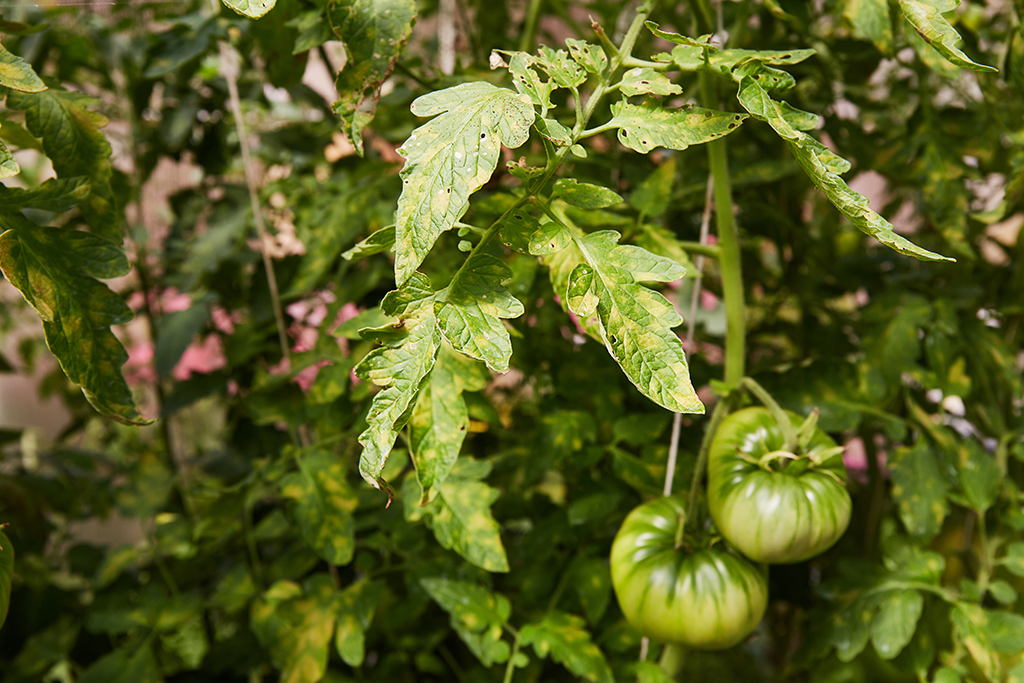
How to Identify Septoria Leaf Spot on Tomato Leaves
Septoria leaf spot primarily affects the older, lower leaves of the plant first, as the fungus tends to spread through splashing water from the soil, which can be laden with fungal spores. These spots are relatively small, ranging from 1/16 to 1/8 inches (1.6 to 3.2 millimeters) in diameter, characterized by dark brown to black margins and lighter gray or tan centers. Often, these spots are encircled by a yellow halo, adding to their distinctive appearance.
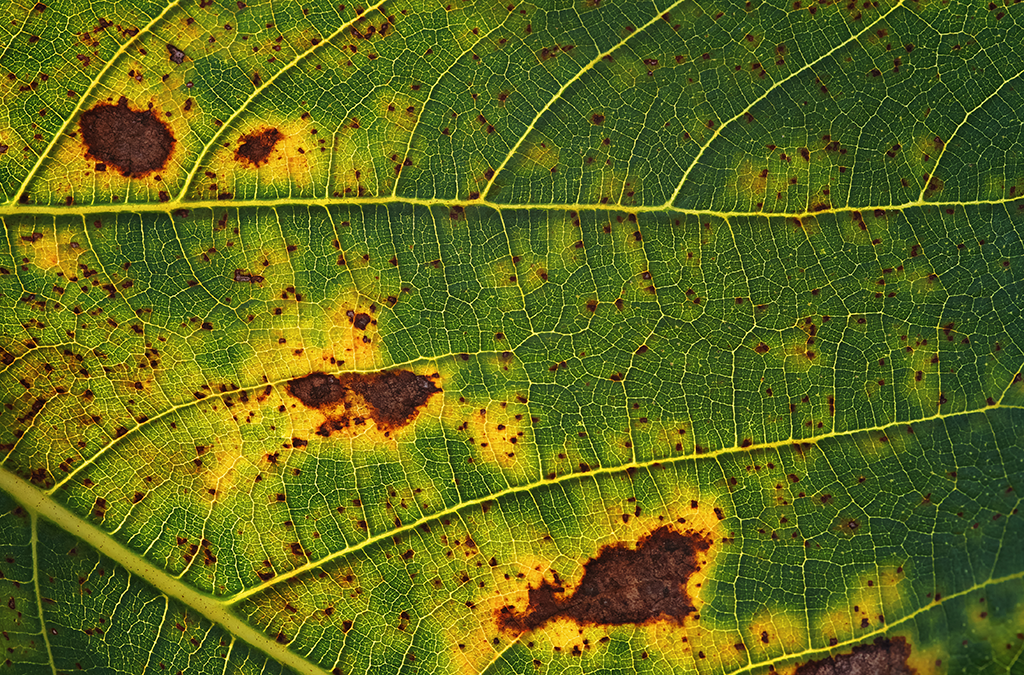
As the disease progresses, these initial spots may enlarge and sometimes merge, covering broader areas of the leaf. A key notification of Septoria leaf spot, which sets it apart from other leaf-spot diseases, is the presence of very tiny brown-black dots within the lesions. These dots are actually the fruiting bodies of the fungus, resembling dark brown pimples, and can usually be seen when examined through a magnifying lens.
If not managed, Septoria leaf spot can lead to significant foliage damage. Affected leaves may turn yellow, dry out, and eventually fall off the plant, leading to a weakened state, decline, and the risk of sun scalding on exposed tomatoes due to the lack of protective foliage.
How to Treat Septoria Leaf Spot on Tomato Leaves
When tackling Septoria leaf spot on your tomato plants, a series of treatment options should be done quickly to manage the disease before it gets worse. Here’s a comprehensive approach to treating this common yet troublesome condition:
Removing Infected Leaves
The first line of defense is to promptly remove any leaves showing signs of infection. This step is crucial in preventing the spread of the disease to healthier parts of the plant. After removing infected leaves, it’s essential to wash your hands and disinfect any pruning tools used in the process to avoid transferring the fungus to uninfected plants.
Consider Fungicide Options
To combat the spread of Septoria leaf spot, organic fungicides containing copper or potassium bicarbonate can be quite effective. These fungicides work by creating an environment on the leaf surface that is inhospitable to the fungus. Begin treatment as soon as the initial symptoms are noticed, and adhere strictly to the application instructions provided on the product label for ongoing disease management.
In cases where the infection is advanced, chemical fungicides may be necessary. Chlorothalonil, available under brand names such as Fungonil and Daconil, is among the least toxic chemical options and has proven effectiveness against Septoria leaf spot. While chemical treatments are generally considered a last resort, they can be instrumental in controlling severe outbreaks.
Preventive Removal of Lower Leaves
Even in the absence of visible infection, it’s a good practice to remove the lower third of the leaves from your tomato plants. This preventive measure makes it more difficult for soil-borne diseases to splash onto the lower leaves during rain or watering, thereby reducing the risk of infection. Additionally, removing lower leaves improves air circulation around the plant, which helps leaves dry more quickly after rain or irrigation, further decreasing the likelihood of fungal infections.
Maintain Dry Leaves
Keeping the foliage dry is vital for disease prevention. Each leaf spot can produce hundreds of fungal spores or bacteria that can be easily transferred to other leaves by water splash or wind. By ensuring that the leaves remain dry, you minimize the conditions that fungi and bacteria need to initiate new infections. This approach is critical for stopping the disease cycle and preventing further spread throughout your garden.
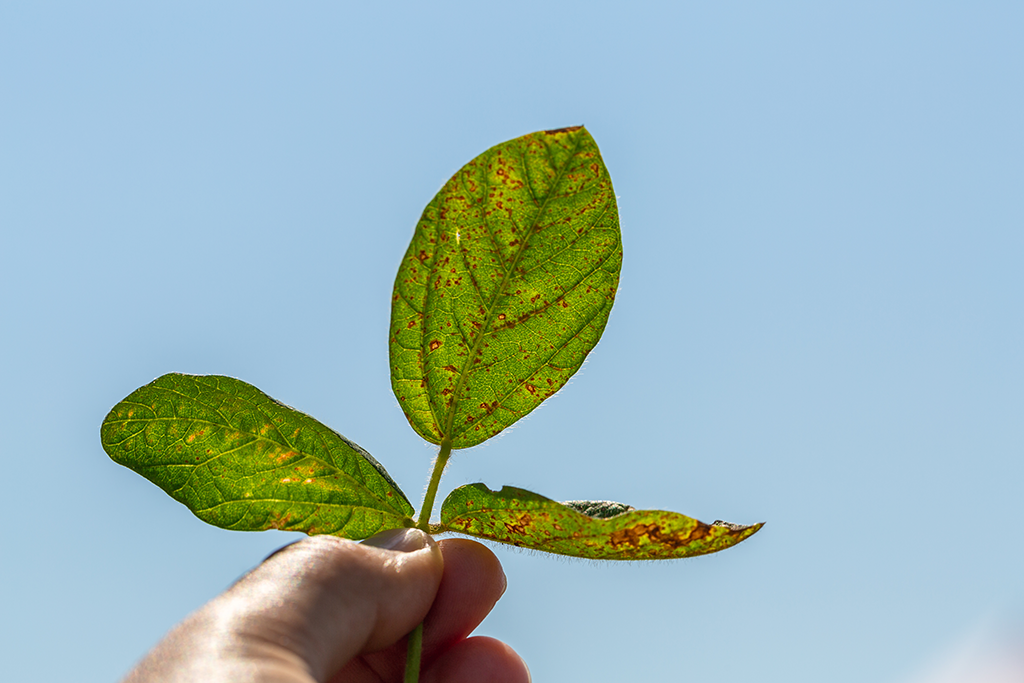
Preventative Measures for Black Spots on Tomato Leaves
Preventing black spots from appearing is preferable to treating them. Implementing good cultural practices can significantly reduce the risk of fungal diseases. Here’s what you can do:
Choose Resistant Varieties
Whenever possible, opt for tomato varieties that are known to be resistant to Septoria leaf spot. While no variety may be entirely immune, some have been bred to be more tolerant of the disease, reducing the likelihood of severe outbreaks.
Practice Crop Rotation
Avoid planting tomatoes or other nightshade family members (such as potatoes, peppers, and eggplants) in the same soil year after year. Crop rotation helps to break the life cycle of the fungus and reduce the accumulation of fungal spores in the soil.
Improve Air Circulation
Space tomato plants adequately apart to ensure good air circulation. Better airflow helps leaves dry more quickly after rain or watering, making them less hospitable to the fungus. Using stakes or cages to support plants also improves circulation and reduces leaf contact with the soil.
Water Appropriately
Water tomato plants at the base, preferably in the morning, to avoid wetting the foliage. Drip irrigation or soaker hoses are ideal as they deliver water directly to the soil and minimize splashback, reducing the chance of spore transmission from the soil to the plants.
Mulch Beneath Plants
Apply a layer of organic mulch, such as straw or wood chips, around the base of your plants. Mulch helps prevent soil and spores from splashing onto the lower leaves during watering or rain, further decreasing the risk of infection.
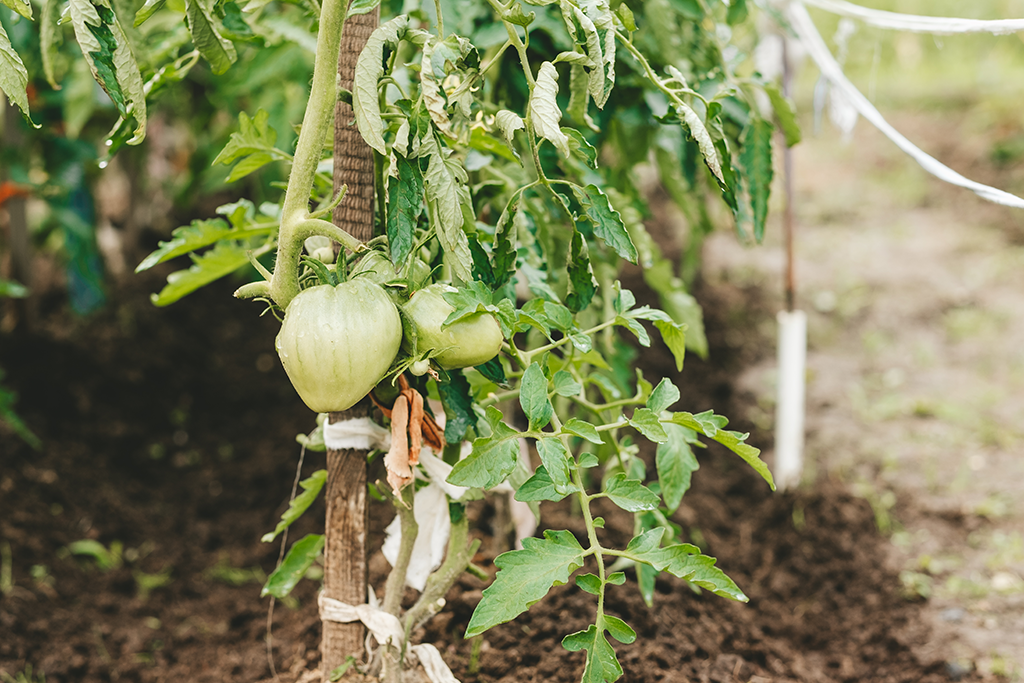
Remove Infected Debris
Keep the garden area clean and free of plant debris, especially from previous tomato plants. Promptly remove and dispose of any infected leaves or plants during the growing season to limit the spread of the fungus. Do not compost infected plant material, as the spores can survive and be reintroduced to the garden.
Regular Inspection
Regularly inspect your tomato plants for signs of Septoria leaf spot, especially after periods of wet, humid weather. Early detection allows for quicker response to manage the disease before it spreads extensively.
Sanitize Garden Tools
Disinfect garden tools and equipment after working with infected plants to prevent the spread of the fungus to healthy plants. A solution of bleach or alcohol can be used for sanitizing tools.
Summary
In conclusion, managing black spots on tomato leaves requires a combination of preventive measures, timely treatment, and ongoing vigilance. By understanding how to identify symptoms early, and employing effective management strategies, you can ensure your tomato plants remain healthy and productive.
Excellent Gardening Tools to Stop Leaf Spot Before It Starts
Tomato leaf spot often starts with excess humidity, poor airflow, and stressed plants. While treatments exist, prevention is the key—and it starts with creating the right growing environment.
Here are some excellent growing tools from Spider Farmer to help you prevent leaf spot naturally:
- 32pints Dehumidifier
Control excess humidity in your grow room or greenhouse—ideal for preventing fungal outbreaks like leaf spot. - Clip-on Oscillating Fans
Enhance airflow to prevent stagnant, humid conditions that promote leaf spot. - Full-Spectrum Grow Lights
Provide consistent lighting to keep your tomato plants strong, especially in cloudy or indoor settings. - Ventilated Grow Bags
Improve root aeration and drainage, reducing moisture buildup that invites fungal diseases.
2025 Spider Farmer 32 Pint Dehumidifier with Drain Hose for Grow Tent and Grow Room
Spider Farmer® Glow80 80W LED Grow Light Bars – Full Spectrum, IP65 Waterproof, Linkable Lamps for Indoor Plants, Succulents, Cloning, Veg & Bloom
Pre-Order 2025 Spider Farmer®SF600 74W LED Grow Light Full Spectrum Indoor Plants Veg Flower
2025 New Version Spider Farmer®6-Inch Grow Tent Clip Fan EC Motor, 10 Speeds Wind Control 10-Level Wide-Angle Oscillation, Waterproof IP54 for Optimal Plant Airflow
Spider Farmer® Glow80 80W LED Grow Light And Metal Plant Stand with Plant Trays
Spider Farmer Planting Grow Bag 5 Gallon 5 Packs
2025 Spider Farmer® SF300 33W LED Grow Light Indoor Plants Veg Seeding
With the right tools, growing healthy tomatoes becomes easier and more successful—no more fighting leaf spot after it’s too late.

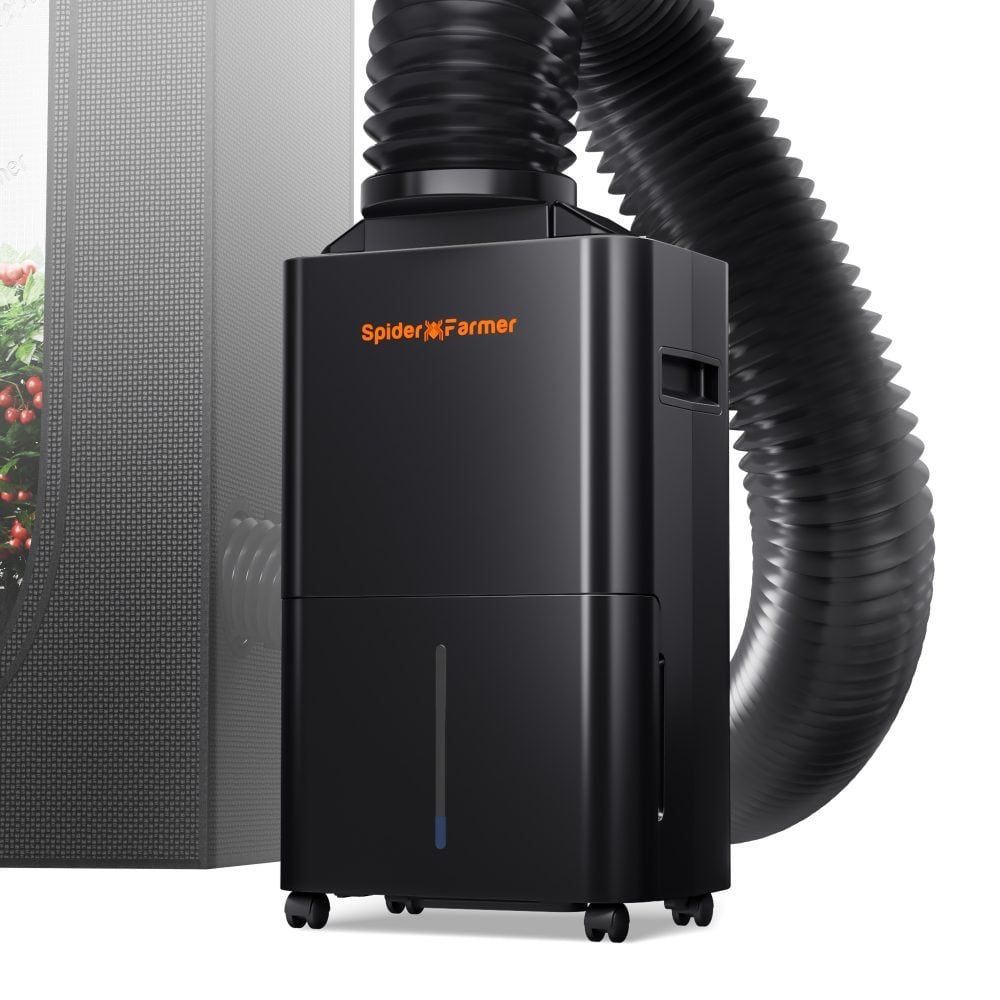
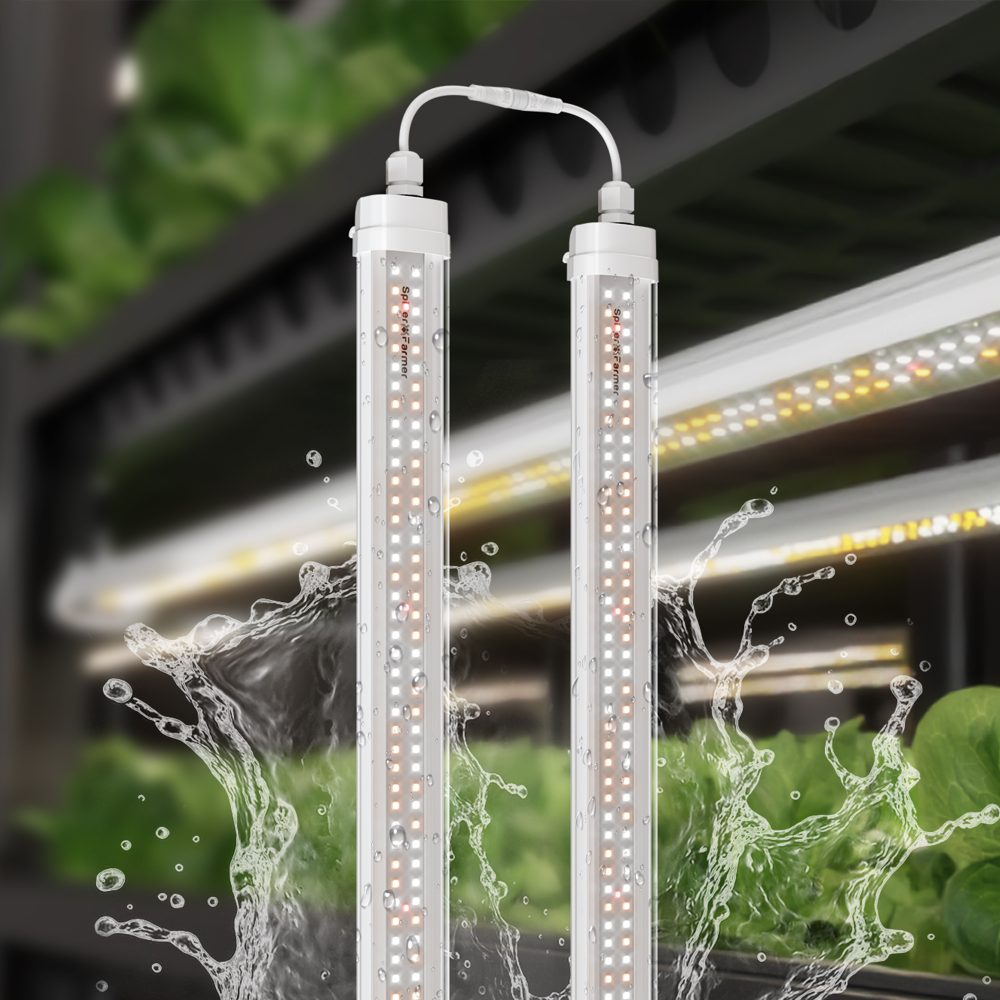
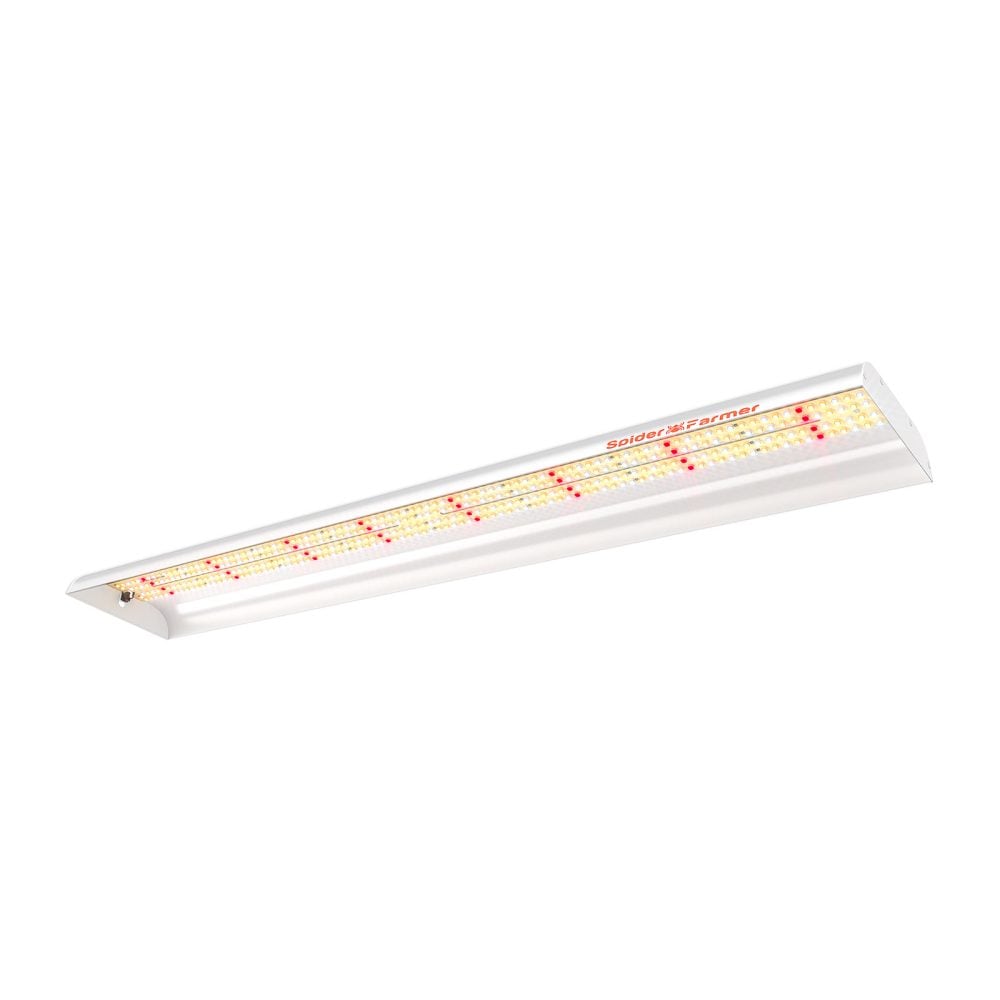

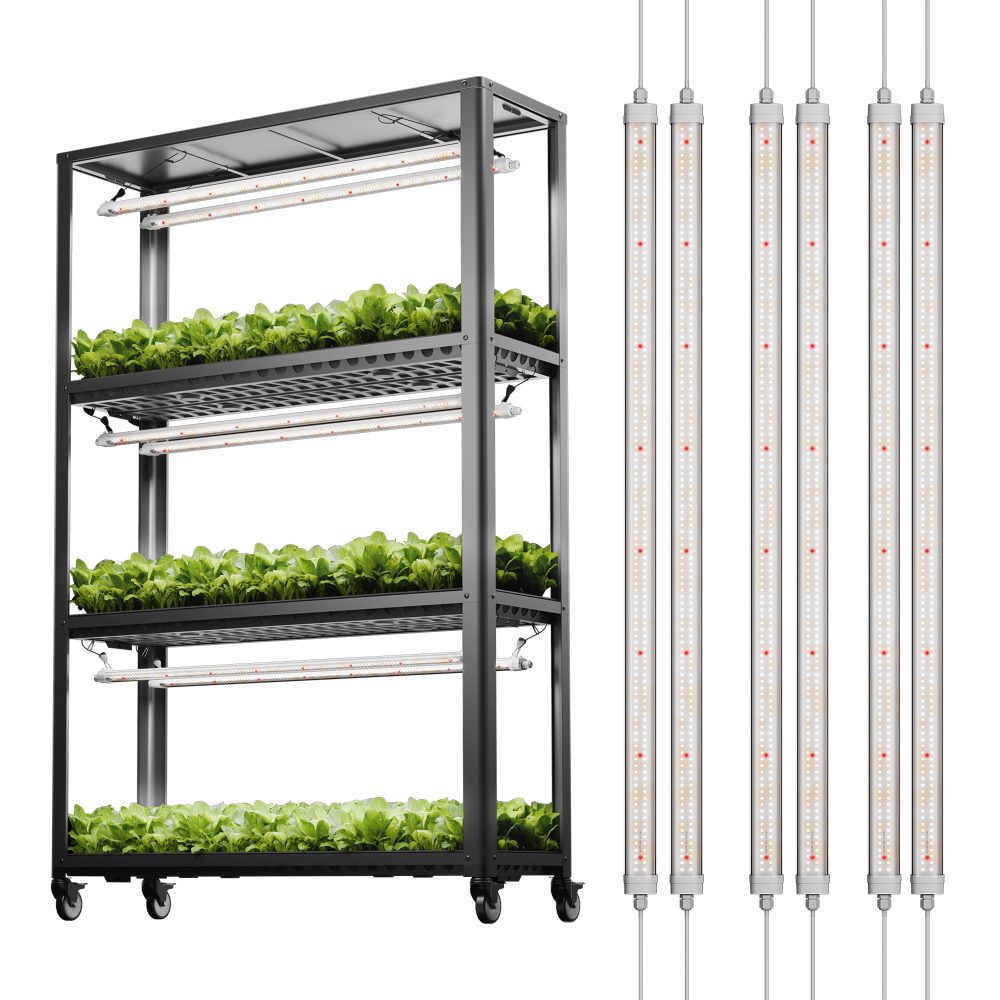
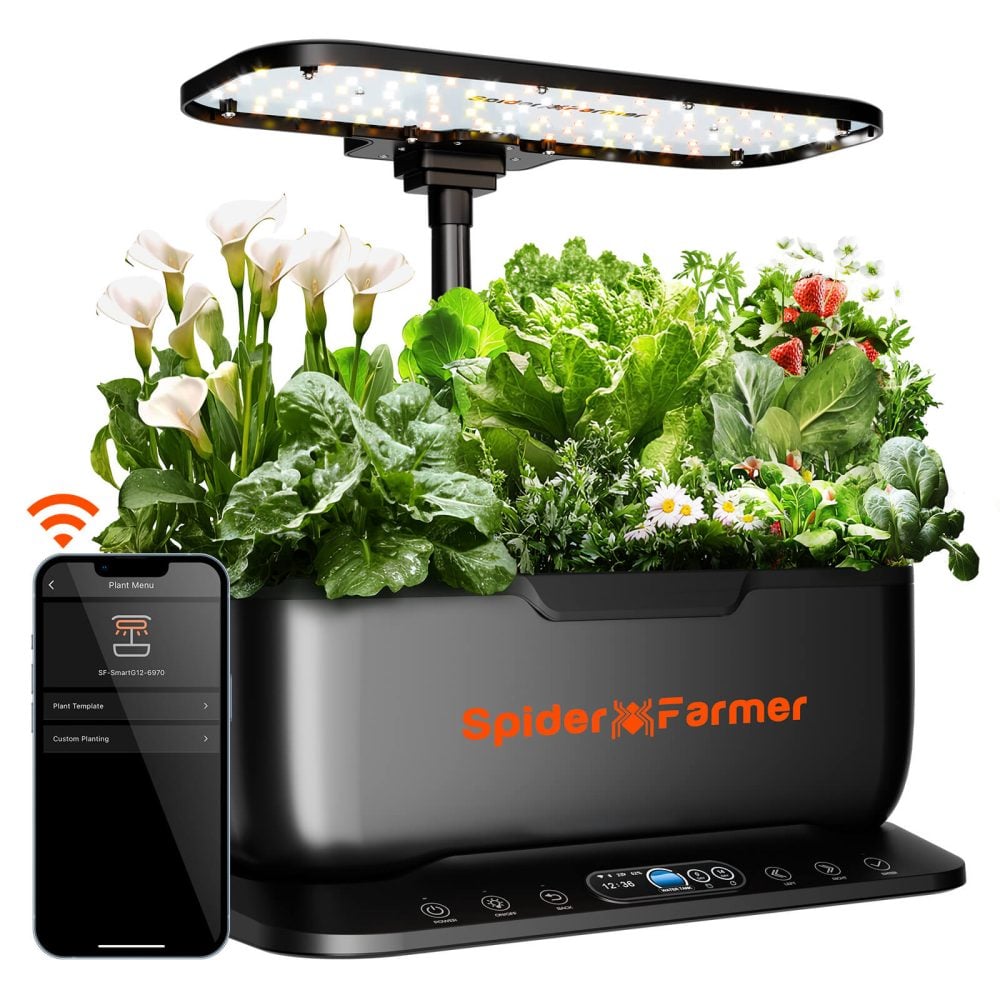

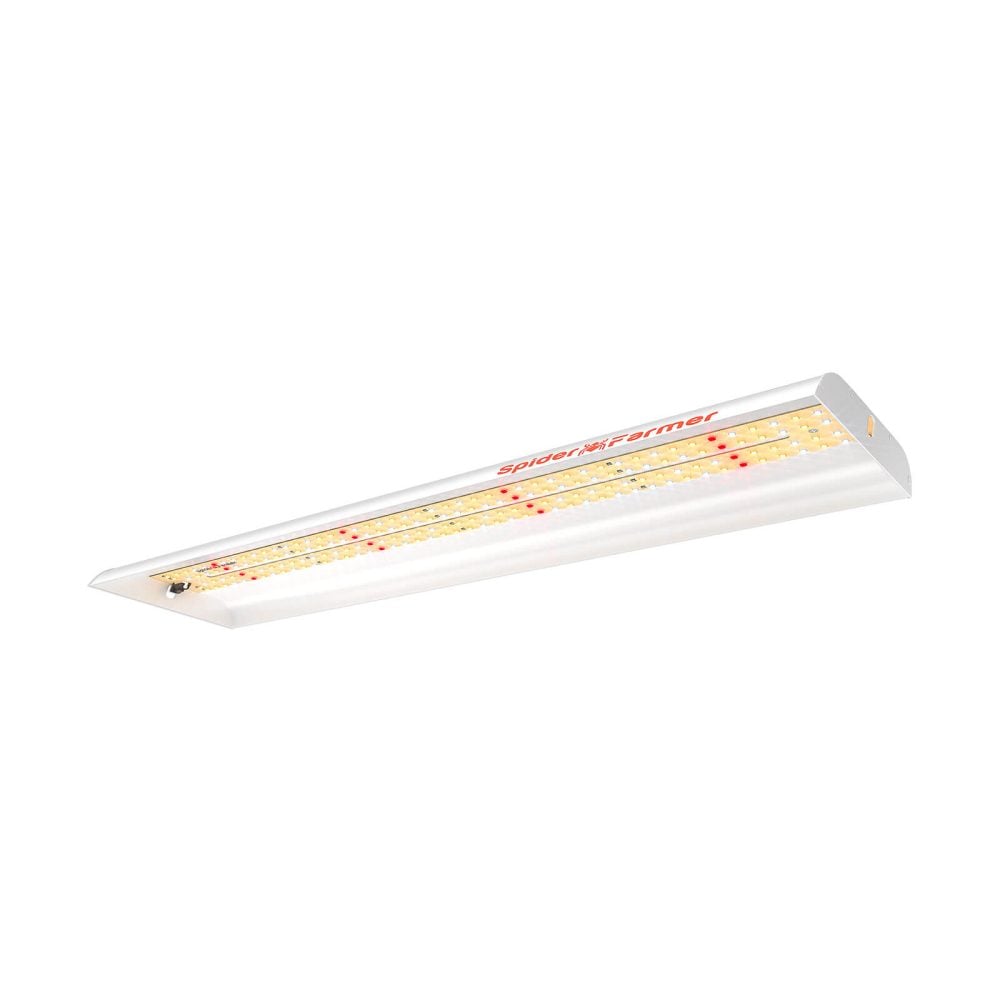



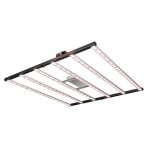
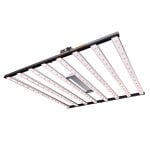
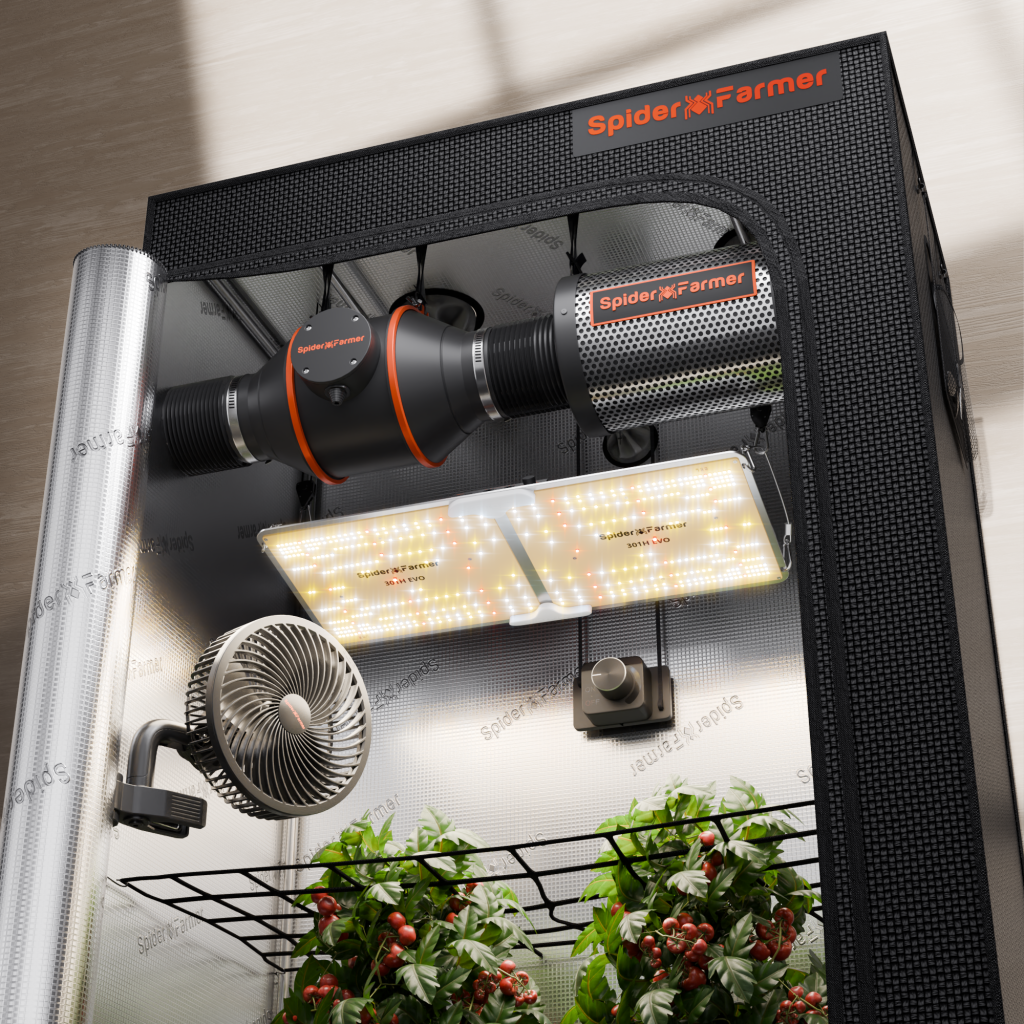
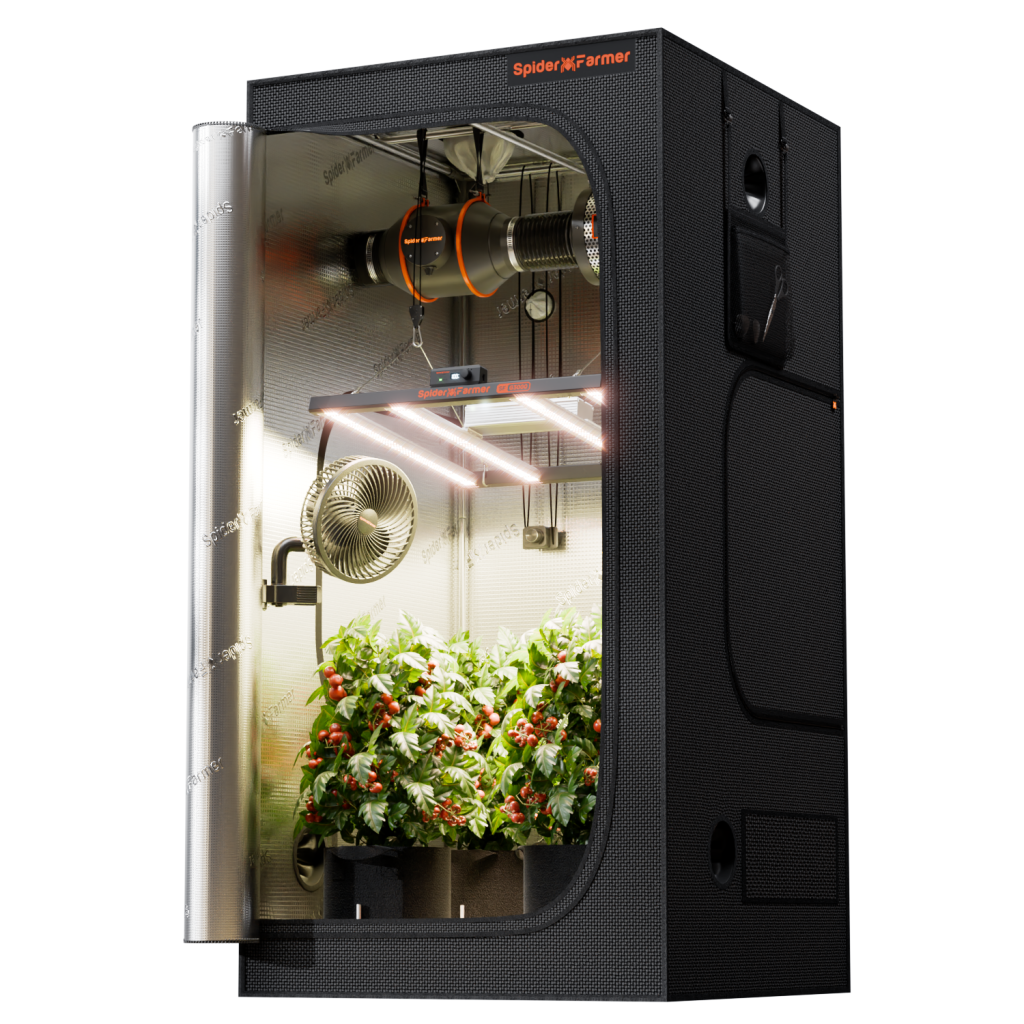
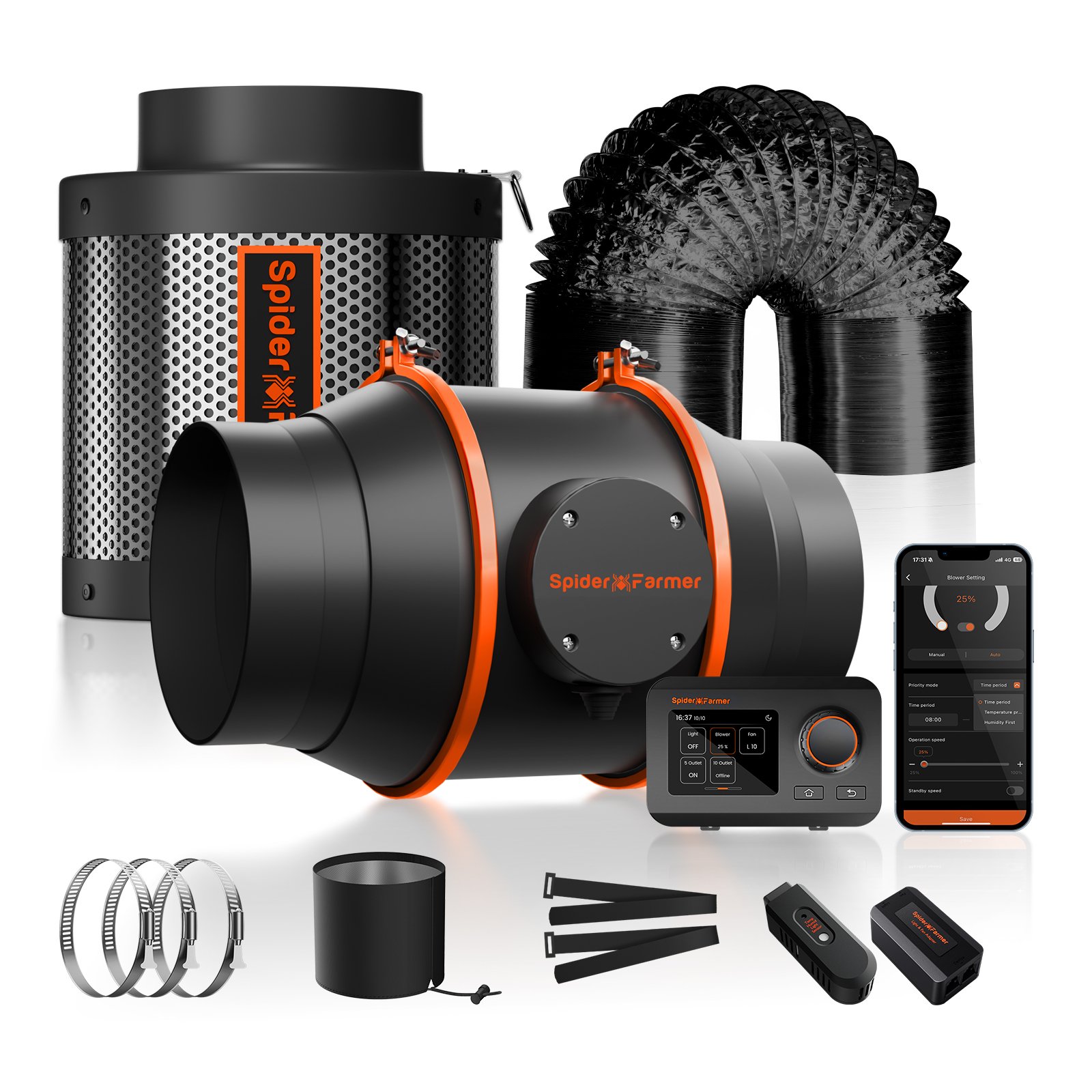
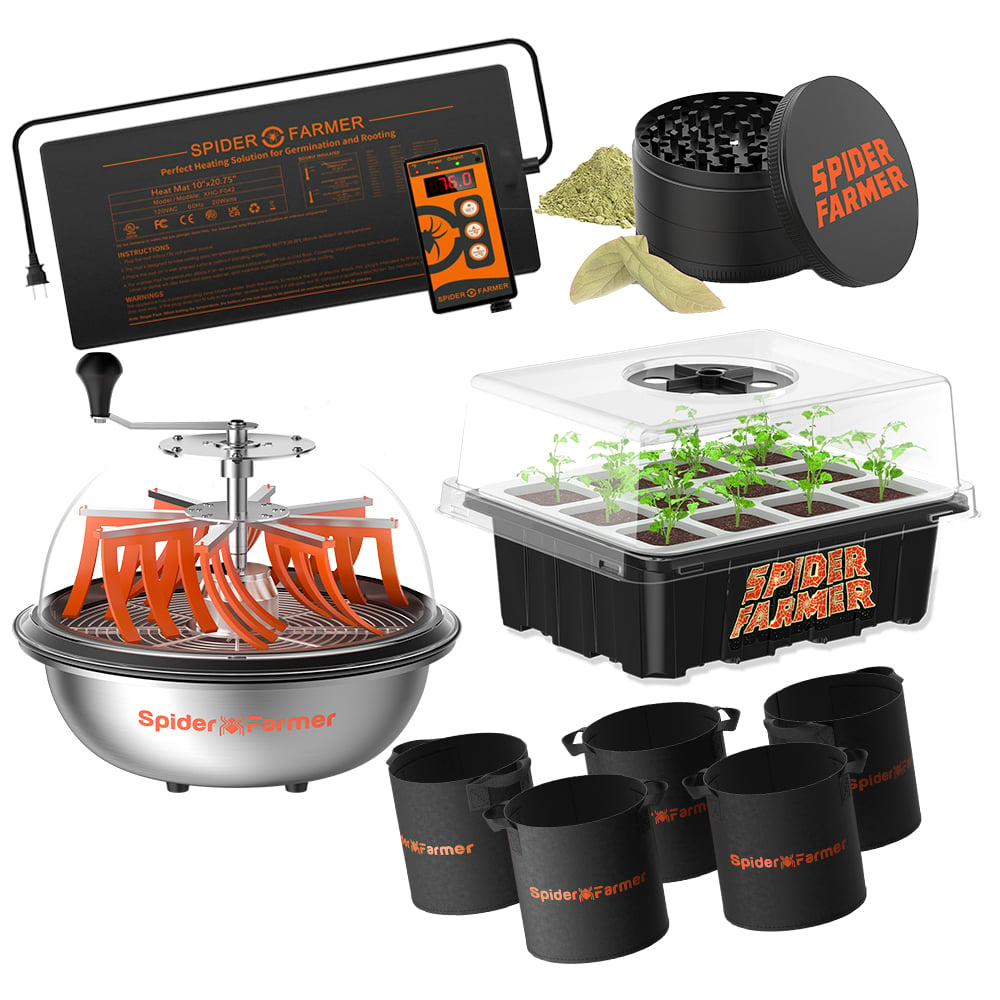
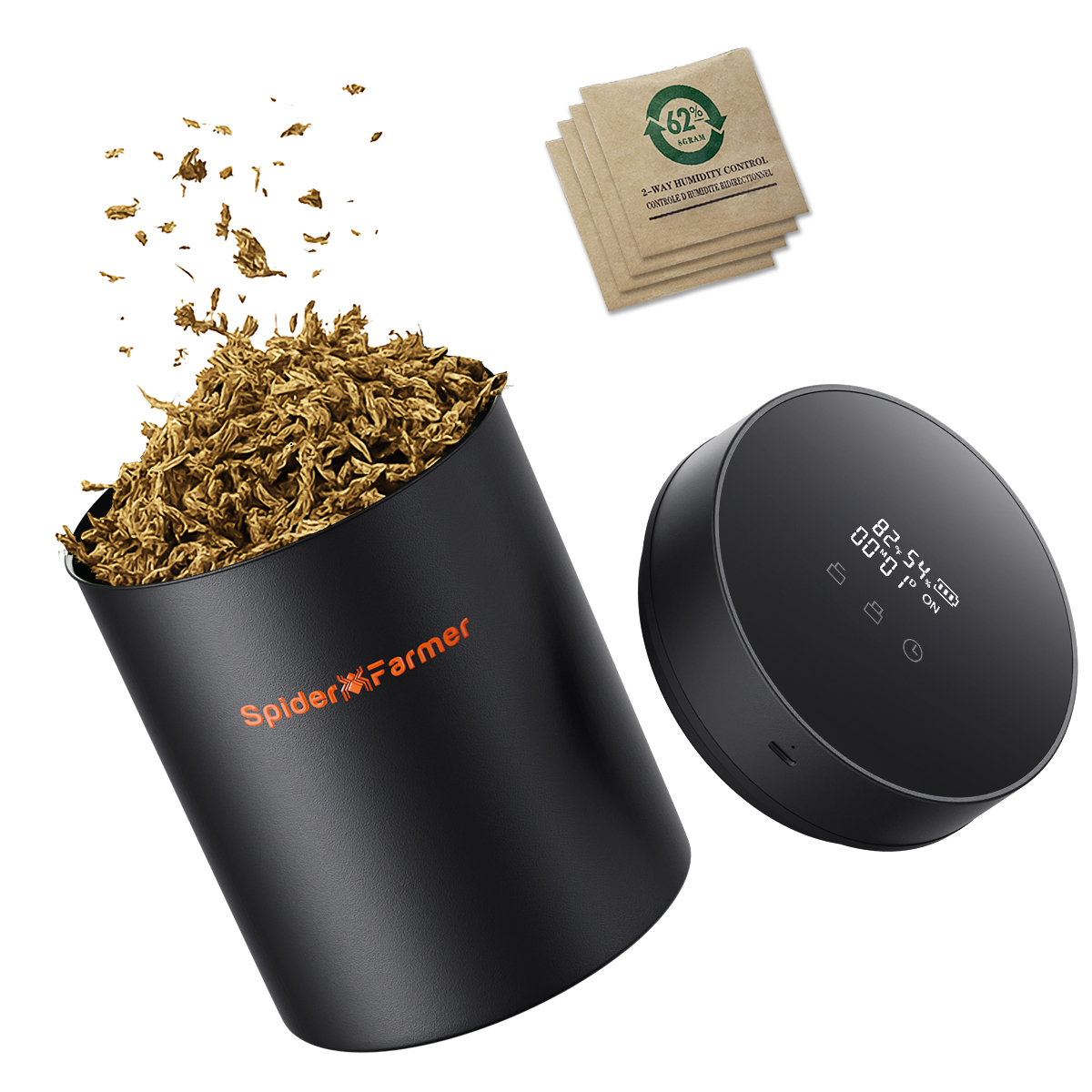
Leave a reply
You must be logged in to post a comment.